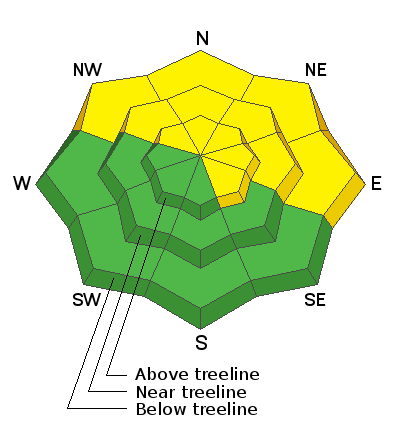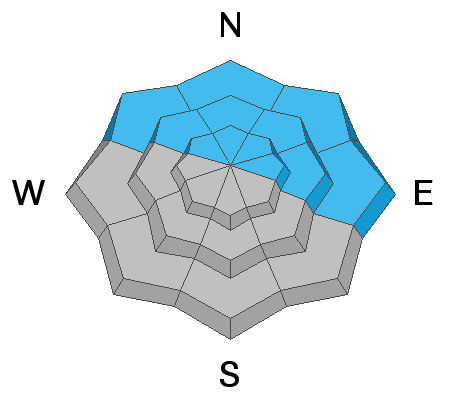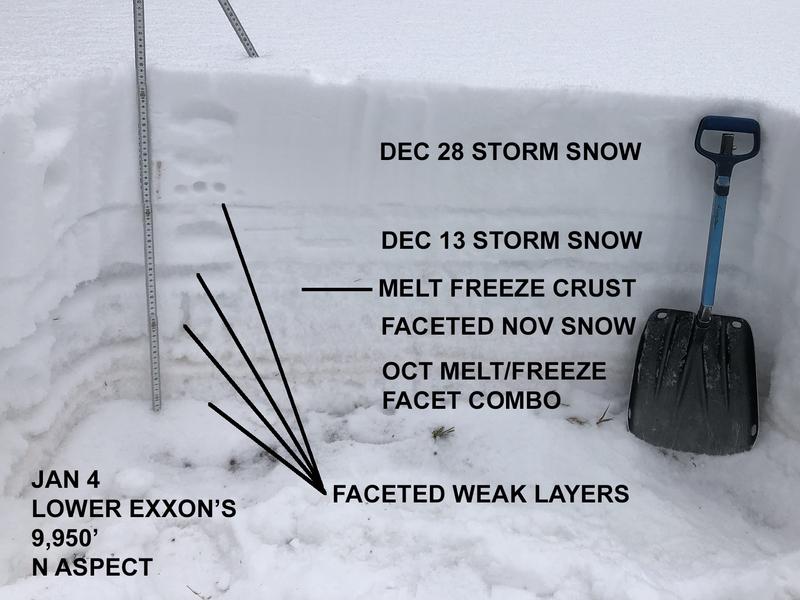Forecast for the Moab Area Mountains

Issued by Eric Trenbeath on
Wednesday morning, January 13, 2021
Wednesday morning, January 13, 2021
Human triggered avalanches remain likely on steep, northerly facing slopes that have enough snow to ski or ride. However, due to a lack of sufficient snow cover on the majority of the terrain, the avalanche danger is isolated to specific features and therefore MODERATE. With the current snowpack structure consisting of a slab on top of layers of weak, sugary, faceted snow, steep, NW-E facing slopes with sufficient cover should be avoided for the foreseeable future. Blowing and drifting of snow may exacerbate this problem, particularly on slopes with an easterly component to their aspect. Most south-facing terrain has generally LOW danger.

Low
Moderate
Considerable
High
Extreme
Learn how to read the forecast here








